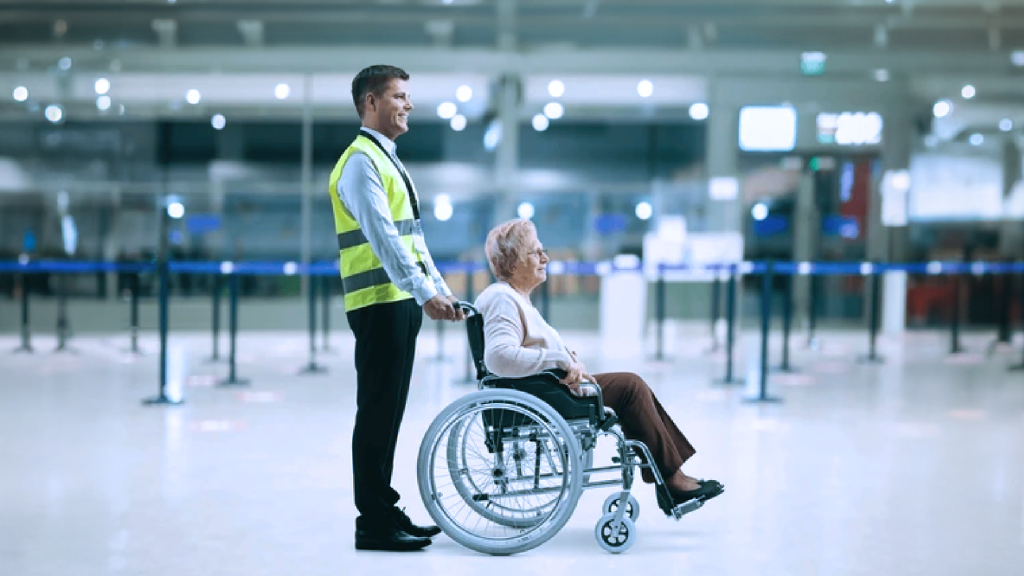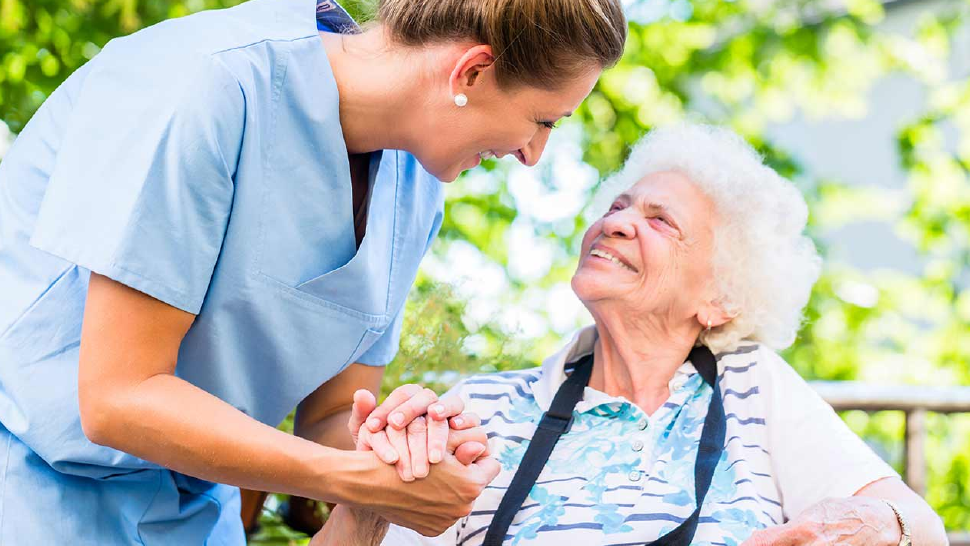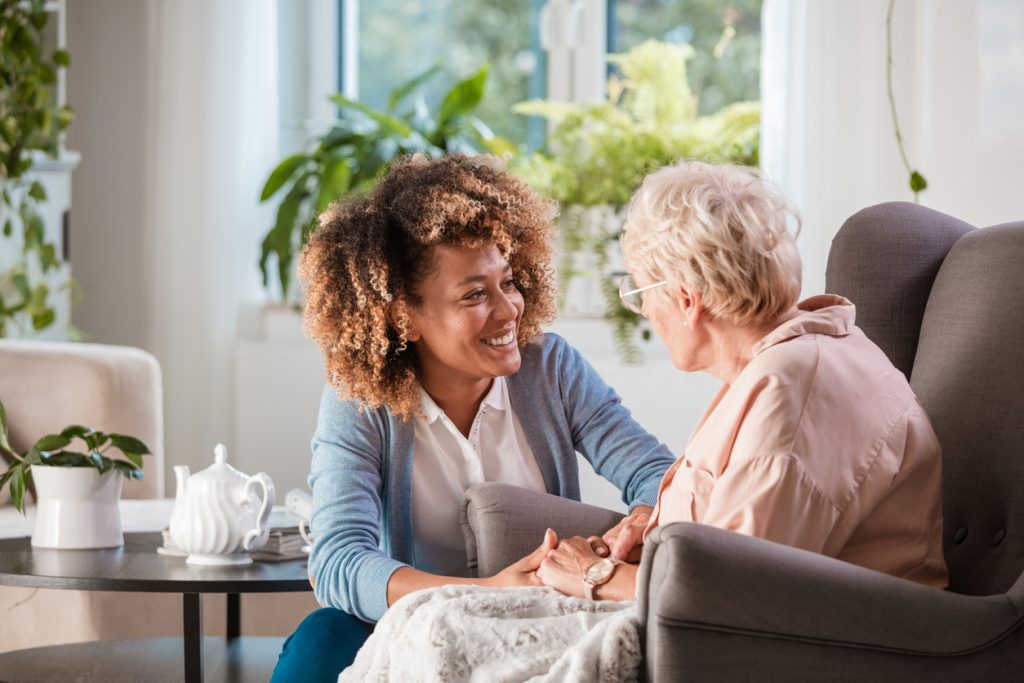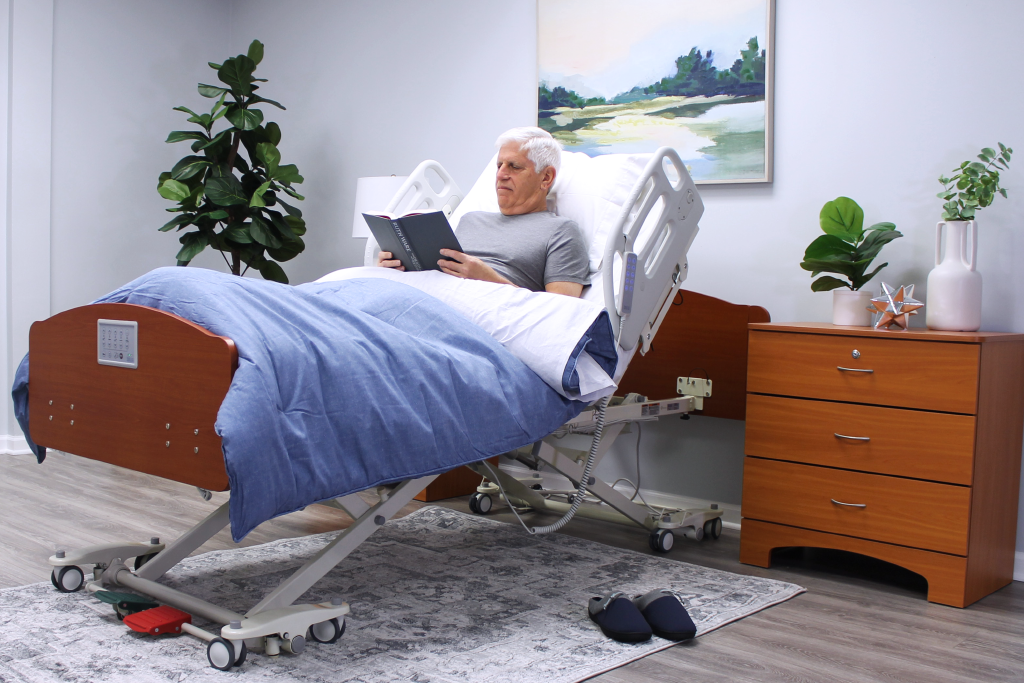The Impact of Diet on Aging
The Impact of Diet on Aging
Aging is a natural process, but the speed and way in which it unfolds can vary dramatically from one person to another. While genetics play a role, lifestyle factors, especially diet, have a significant influence on how gracefully we age. What we eat directly affects our cells, organs, and overall body function, determining not only our appearance but also our longevity and quality of life. In this blog, we’ll explore the various ways in which diet influences aging and offer insights into how you can optimize your nutrition to promote healthy aging.
The Role of Oxidative Stress and Inflammation on Aging
Aging is closely tied to the body’s ability to manage oxidative stress and inflammation. Over time, oxidative damage to cells, caused by free radicals, accumulates and contributes to the aging process. Certain foods are rich in antioxidants, which help neutralize these free radicals, slowing down cellular aging. Antioxidant-rich foods like berries, dark leafy greens, and nuts can protect cells from damage. Anti-inflammatory foods, such as fatty fish (rich in omega-3s), turmeric, and ginger, help reduce chronic inflammation, a significant contributor to age-related diseases like heart disease, arthritis, and Alzheimer’s. By regularly consuming these protective foods, you create a natural defense against aging at the cellular level.
Nutrient Deficient Diet and Aging
As we age, the body becomes less efficient at absorbing and utilizing nutrients. This makes it increasingly important to focus on nutrient-dense foods to prevent deficiencies that can accelerate aging.
Vitamin D and Calcium: These are vital for maintaining bone health. As people age, bones become more brittle, increasing the risk of fractures. A diet lacking in these nutrients can lead to osteoporosis.
Vitamin B12: Aging individuals often face a decline in stomach acid production, which hampers the absorption of B12, an essential vitamin for nerve function and red blood cell production. Without it, cognitive decline can occur more rapidly. Including fortified foods, supplements, or naturally rich sources such as dairy, eggs, and fish ensures the body gets enough of these critical nutrients.
The Importance of Protein in Your Diet
Protein is essential for maintaining muscle mass, which naturally declines with age, a condition known as sarcopenia. This loss of muscle strength can reduce mobility and increase the risk of falls. High-quality protein sources such as lean meats, legumes, eggs, and dairy products should be a staple in an aging diet. Plant-based proteins like tofu, tempeh, and lentils also support muscle maintenance while offering additional fiber for digestive health. Consuming adequate protein can help preserve lean body mass and enhance overall strength as we age.
Caloric Intake and Longevity
Research has shown that caloric intake may play a role in slowing down the aging process. Caloric restriction, without malnutrition, has been linked to longer lifespans in many animal studies, and emerging research suggests it may have similar benefits for humans. By reducing the number of calories consumed while ensuring adequate nutrition, the body can improve metabolic efficiency and decrease age-related diseases. Focusing on nutrient-dense, lower-calorie foods—such as vegetables, whole grains, and lean proteins—can help manage weight and reduce the risk of diseases like diabetes and cardiovascular disorders, which accelerate aging.
Healthy Fats for Brain Aging
The brain, which is largely made up of fat, requires healthy fats to function optimally. As we age, cognitive decline can set in, but diet can help mitigate this. Omega-3 fatty acids, found in fatty fish (such as salmon, mackerel, and sardines), flaxseeds, and walnuts, are known to support brain health by reducing inflammation and improving neuronal function. Studies suggest diets rich in omega-3s may protect against dementia and other cognitive issues related to aging. Conversely, a diet high in trans fats and saturated fats can impair brain function and accelerate cognitive aging, so minimizing processed foods and unhealthy fats is crucial.
Gut Health and Aging
The gut microbiome, the trillions of bacteria in the digestive system, plays a critical role in overall health, particularly as we age. A balanced, healthy gut microbiome can enhance nutrient absorption, reduce inflammation, and boost the immune system. Probiotic foods like yogurt, kefir, and fermented vegetables help maintain a diverse and healthy gut microbiome. Prebiotics, found in fiber-rich foods like garlic, onions, and bananas, feed beneficial gut bacteria. A healthy gut is essential for optimal digestion, nutrient absorption, and immune function, all of which are key to slowing down the aging process.
Sugar and Processed Foods in Your Diet: Accelerating Aging
One of the quickest ways to accelerate aging is through a diet high in refined sugars and processed foods. Excessive sugar intake promotes glycation, a process where sugar molecules bind to proteins and fats in the body, forming advanced glycation end products (AGEs). These AGEs can damage collagen and elastin in the skin, leading to wrinkles and sagging. Furthermore, high-sugar diets increase the risk of developing insulin resistance, diabetes, and cardiovascular disease, all of which are linked to premature aging. To promote longevity and vitality, it’s essential to limit sugary snacks, sodas, and highly processed foods.
Hydration: The Unsung Hero of Youthful Aging
Water plays a critical role in maintaining skin elasticity, kidney function, and joint lubrication. Dehydration can exacerbate the appearance of fine lines and wrinkles, and it can also lead to fatigue and cognitive impairment, especially in older adults. Drinking enough water, herbal teas, or water-rich foods like cucumbers, watermelon, and oranges helps to keep the body hydrated, ensuring that every system functions smoothly and skin remains plump and healthy.
Eat for Longevity and Vitality
While aging is inevitable, how you age is influenced greatly by your diet. By focusing on nutrient-dense, antioxidant-rich, anti-inflammatory foods and limiting harmful sugars and processed items, you can slow the aging process, prevent chronic diseases, and maintain vitality well into your later years. A mindful, balanced approach to eating will help ensure that you not only live longer but live well. Aging gracefully starts with the right choices on your plate! Visit Nutrition.gov to explore nutrition programs for seniors and for more information on healthy aging, visit our blog on embracing wellness at every stage.
Key Takeaways:
- Emphasize antioxidants and anti-inflammatory foods.
- Ensure sufficient intake of essential nutrients like protein, calcium, and vitamin D.
- Opt for healthy fats and maintain a balanced gut microbiome.
- Avoid excess sugar and processed foods.
- Stay hydrated to maintain youthful skin and body function.
**The information on this site is not intended or implied to be a substitute for professional medical advice. If you are having a severe and sudden change in physical or mental health, please call 911, contact a local emergency facility or consult with your doctor. Always seek the advice of your physician or other qualified healthcare provider, and never disregard the advice given because of information you have received from our website.**






 Sign In
Sign In Contact Us
Contact Us



